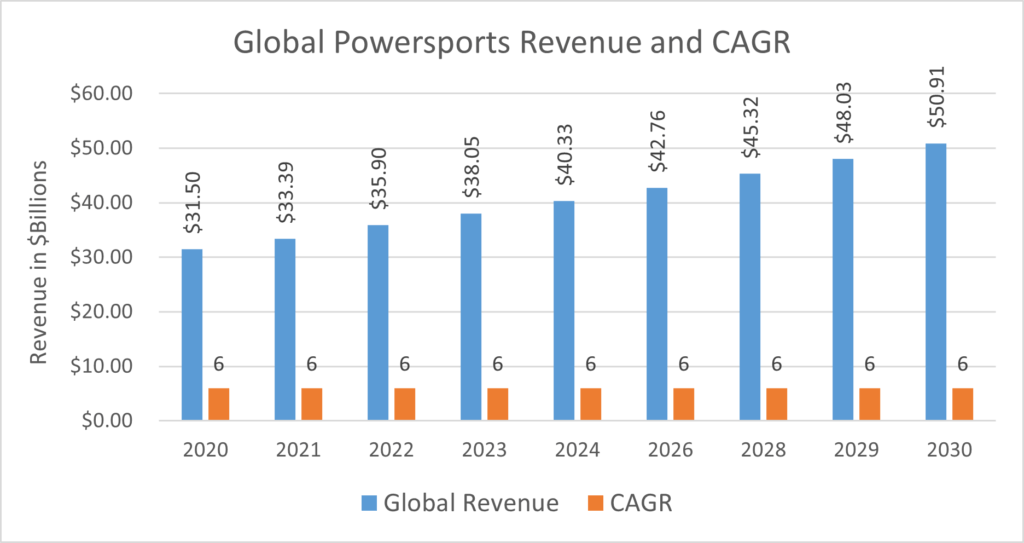Outdoor Power Equipment To Grow 5.3%

Power Systems Research (PSR) projects the global outdoor power equipment market to grow from $34.01 billion in 2021 to $48.91 billion by 2028, a CAGR of 5.34% over the forecast period. The outdoor power equipment market includes consumer and commercial lawn mowers, chain saws, leaf blowers, and other motorized equipment used in the upkeep of lawn and gardens.
Global trends.North America is expected to dominate the market because of the growth of commercial and residential lawns and parks. The market in North America stood at $13.7 billion in 2021 and is expected to gain a huge portion of the global market share.
In Europe, continued automation in the lawn mower segment will increase demand for automated residential lawn mowers.





